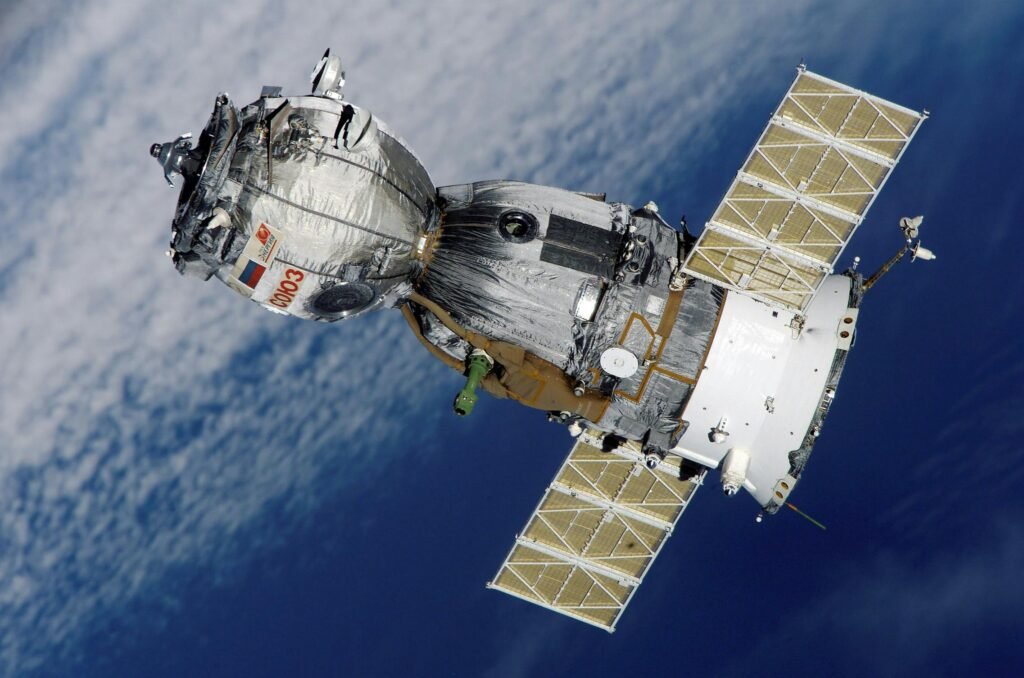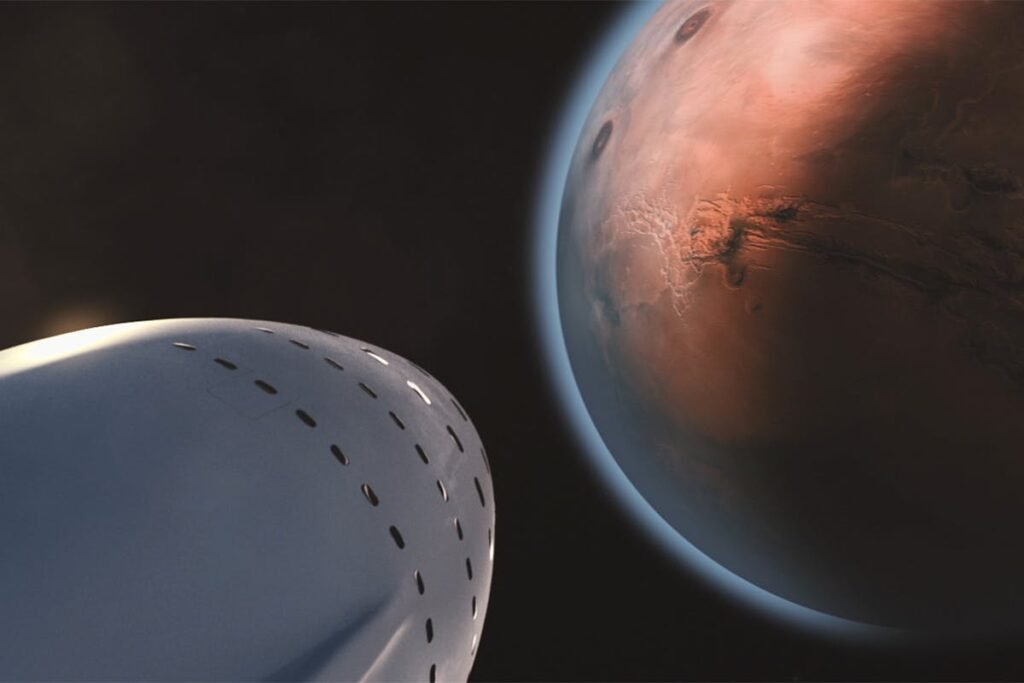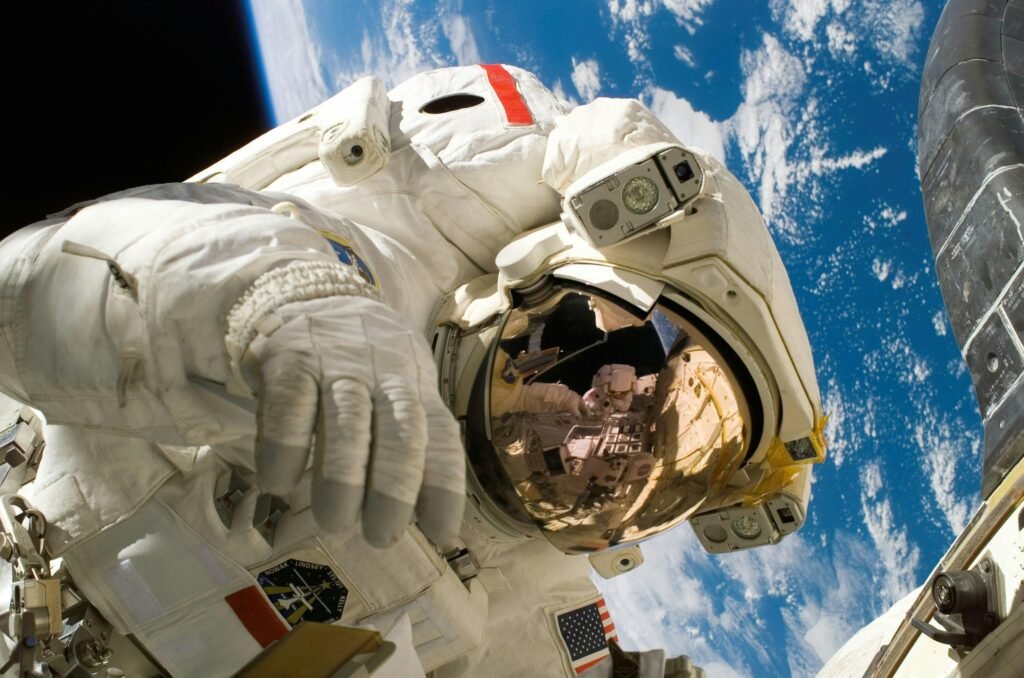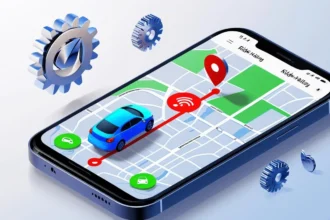
Have you ever wondered how humans travel to space? The idea of leaving Earth and exploring the stars sounds like something out of a movie or imagination. But today, space travel is real. From the early days of rockets to modern missions by NASA and private companies, space travel has come a long way. This article explains how space travel works using simple language, useful examples, and insightful technology.
What is Space Travel?

Space travel means going beyond Earth’s atmosphere using spacecraft. People (astronauts) or machines (like satellites and rovers) are launched into space using powerful rockets. The primary objectives of space travel are to explore planets, study the universe, and prepare for life beyond Earth.
Space travel includes both manned missions, such as sending astronauts to the International Space Station (ISS), and unmanned missions, like space probes sent to Mars, Jupiter, or beyond. These missions collect data, test technologies, and prepare the way for future human journeys. Some spacecraft return to Earth, while others travel far into deep space.
How Does Space Travel Work?

Let’s break down the Space travel work process step-by-step.
1. The Launch
Every space mission begins with a rocket launch. Rockets use powerful engines and fuel to escape Earth’s gravity. This is the most energy-consuming part of any mission. Modern companies such as SpaceX have made huge progress by developing reusable rockets, reducing costs, and increasing launch frequency.
2. Orbiting the Earth
Once the rocket leaves the atmosphere, the spacecraft usually enters Earth’s low orbit. This is where satellites and the ISS operate. These orbits are used to take Earth images, monitor weather, or provide communication services.
3. Deep Space Missions
For long-distance travel, the spacecraft exits Earth's orbit and begins a deep space journey. These missions use a mix of solar energy, propulsion systems, and computer-guided navigation. Depending on the destination, like the Moon or Mars, the journey may take weeks, months, or even years.
Space Travel Technology
Thanks to modern space technology, space travel has become faster, safer, and more efficient. Here are some key components:
- Rockets: To launch spacecraft into orbit or beyond.
- Spacecraft/Modules: Where astronauts live and store supplies.
- Navigation Systems: To guide the spacecraft.
- AI and Robotics: To automate tasks and support astronauts.
- Communication Systems: To maintain contact with Earth.
One exciting innovation is the use of Ion propulsion systems, which allow them to travel using less fuel. NASA has already used this tech in deep space probes. Materials that withstand extreme temperatures also help during launch and re-entry. Scientists are even exploring artificial gravity for long-term human survival.
To stay updated, you can follow space travel tech updates on websites like NASA, ESA, and SpaceX, where they offer real-time videos, blogs, and space news.
Why is Space Travel Important?

Space travel brings many benefits for Earth and beyond:
- Scientific Discovery: We learn more about planets, stars, and cosmic events.
- New Technology: Inventions like GPS, satellite TV, and weather forecasting started with space missions.
- Global Cooperation: Countries like the US and the UK often work together on space exploration.
- Future Living: Space missions are testing ways to live on the Moon or Mars, which could help them during global emergencies.
Want to Learn More?
If you're curious to explore more, you can buy space travel books online or in science stores. These books cover:
- The science of rocket building
- Life as an astronaut
- The future of space tourism
You’ll find books for every age level, whether you're a student, hobbyist, or aspiring scientist.
Fun Facts About Space Travel
- The first human in space was Yuri Gagarin in 1961.
- NASA’s Apollo 11 was the first mission to land on the Moon in 1969.
- Companies like Blue Origin and SpaceX are now offering space tourism experiences.
- SpaceX’s Starship aims to carry humans to Mars soon.
How Space Travel is Evolving
Space travel is no longer just for trained astronauts. In the future, regular people may go on space trips too. Here’s what’s changing:
- Reusable Rockets: Reduce costs and allow faster launches.
- Space Tourism: Billionaires and tourists have already taken suborbital flights.
- AI and Automation: Help with maintenance, safety, and mission planning.
- Global Missions: Shared missions bring together countries and companies for joint goals.
In the US and UK space tech industries, demand is rising for engineers, data scientists, robotics experts, and UX designers to support new space projects.
How Can You Get Involved?
Even if you’re not a scientist, you can still support or contribute to space travel:
- Donate to educational or scientific space projects.
- Watch live rocket launches and read science articles.
- Follow NASA and other agencies for updates.
- Study science or engineering if you’re planning a career in space.
- Join local astronomy clubs or online space communities to learn and share.
Final Thoughts
Space travel is more than just rockets and astronauts; it's a path to new knowledge, global unity, and future survival. Understanding how space travel functions help us appreciate science and human potential. Whether you're a student or a space enthusiast, there's always something new to learn.
Keep dreaming, keep learning, and maybe someday, you’ll be part of the next mission into the stars.





